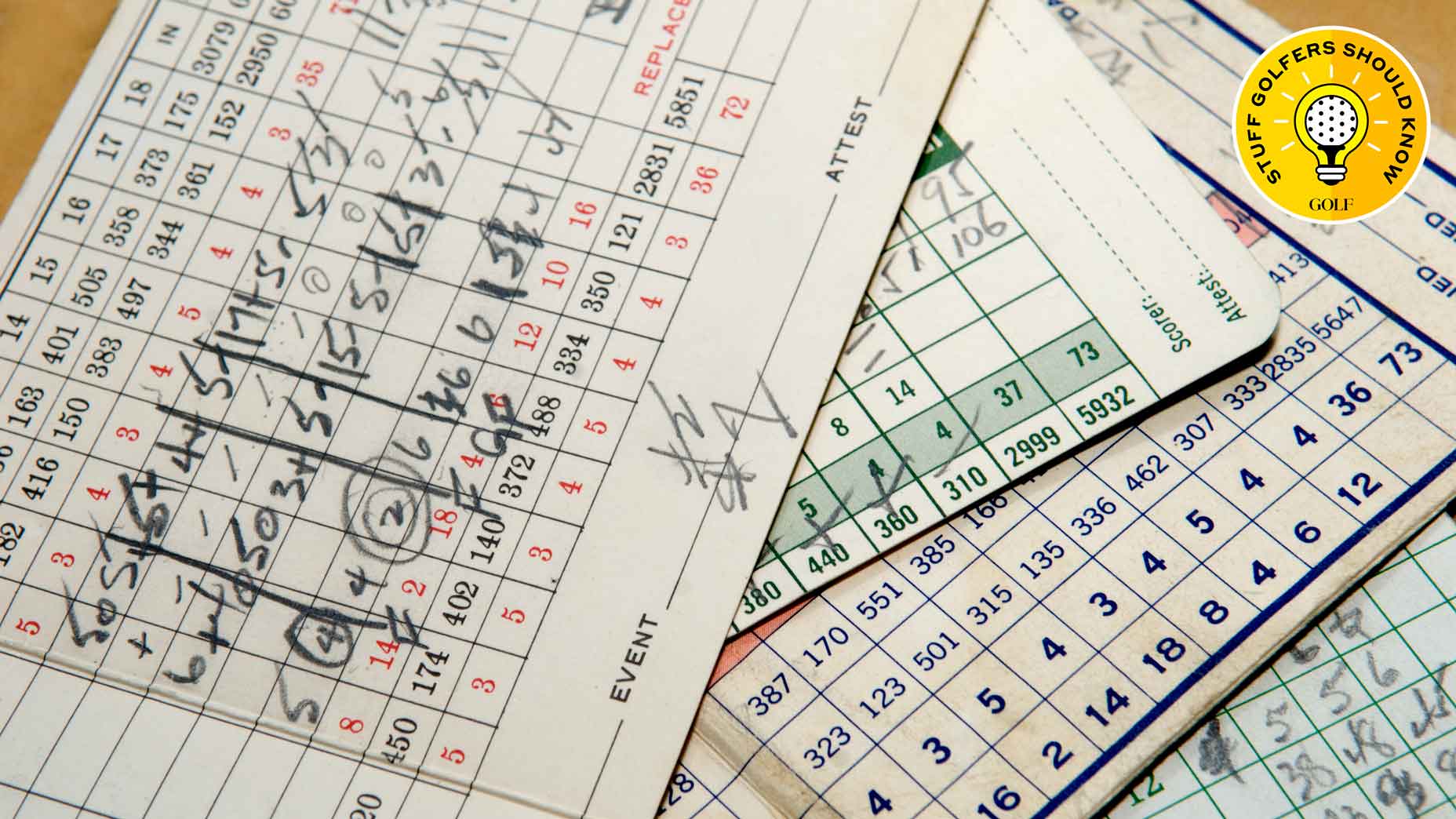Happy (almost) New Year!
Now that we’ve got your attention, an important reminder: though your golf game might not get more accurate in 2024, your handicap will.
On Jan. 1, the World Handicap System, which was established in 2020 to unify golfers around the globe through a standard measure of playing ability, will be updated. (Don’t have a handicap yet? You can register for one here.)
The changes, implemented by the USGA and R&A, are meant to create a system that more accurately reflects how the game is played today.
And how is the game played today?
Increasingly, in 9-hole rounds, on shorter courses.
The updated system will accommodate that new reality.
Here’s a refresher on the changes.
Posting scores for 9-hole rounds
If you’re like a lot of golfers, you play a lot of 9-hole rounds. And no wonder. They’re fun. They’re fast. The fit nicely with your go-go lifestyle. Problem is, in many countries, the United States included, a single 9-hole round can’t be counted toward your handicap index. Under the current system, you have to wait until you play another 9, and then combine those two scores into an 18-hole total.
As of the new year, that will change. Rather than make you wait until you play another 9 on another day, and maybe even on another course (factors that can introduce all kinds of variables), the updated system will allow you to post your score immediately, which it will use to produce an 18-hole tally that combines your score for the holes you completed with your “expected score” on the rest — your expected score being what a player of your ability would be expected to shoot on a course of standard difficulty.
Posting scores for rounds of 10-17 holes
Yeah, we know. Playing 10 to 17 holes is a lot less common than playing 9. But it happens, usually when darkness or weather intervenes. The new system will have a better way of handling those rounds, too. For starters, you won’t have to play 13 holes to make it official; under the current system, if you don’t make it through 13, your scores on holes 10, 11 and 12 don’t count. What’s more, instead of using net par to calculate an 18-hole score, as the system currently does, the updated WHS will add the player’s Score Differential from holes played to the player’s expected Score Differential for holes not played. It is, in short, a more accurate way of accounting for the holes you didn’t get to.
Posting scores for rounds on short courses
Par-3 and executive courses are all the rage these days. But because many of these courses had not previously been assigned a Course Rating and Slope Rating, the scores you posted on them could not be counted toward your handicap, either. On Jan. 1, that, too, will change. Under the new system, the length requirements for inclusion in the WHS will be significantly reduced, with courses as short as 750 yards for 9 holes and 1,500 for 18 holes brought into the fold.
As you can probably imagine, this is not a change that has happened overnight. To prepare for it, the USGA — with help from its allied golf associations around the country — has been busy dispatching raters to short courses from coast to coast. That work is still in progress. As it stands, a little more than one-third of eligible short courses have been assigned Course and Slope Ratings. Plans call for half of them to be rated by the spring of 2024, and the rest completed by the end of the year.
Handicap adjustments based on abnormal conditions
Golf is played in variable conditions. That’s one of the beauties of the game. But it also makes it tricky on handicapping. The current WHS make automatic adjustments for abnormal course conditions (things like high winds and standing water and ground under repair). But it could be more precise. As of Jan. 1, the updated system will be more sensitive to abnormal conditions, and thus better able to accurately adjust for them.
Additional guidance for handicap committees
Last but not least (well, actually, it is the least relevant to the non-tournament rounds of golf most of us play), the updated system will provide additional guidance to handicap committees conducting handicap reviews, with new tools to help sort through the potential headache of outlier scores and other inconsistencies.
